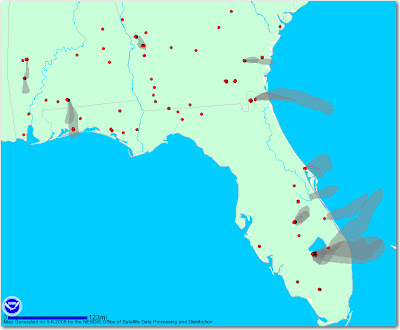It’s incredible what you can find on the Internet.
Many of us are familiar with the practice of wrapping a house that will be threatened by a wildland fire with “fire shelter wrap“… similar to the material used in personal fire shelters–as in the picture below, taken on the Big Fish fire in Colorado in 2002. (It worked, by the way.)

But a number of patents have been issued for devices or systems that would wrap an entire house, theoretically in short order, by one-piece units or systems that would deploy the fire resistant material mechanically.
The unit below, patent #5,860,251, issued January 19, 1999, uses inflatable tubes to erect the flexible fabric over an entire structure. Many large fires are wind-driven. I wonder what the effect of a 50 MPH wind would be on the inflatable structure? It would probably end up in the next county.

The system in the photo below, patent #5,829,200, issued November 3, 1998, uses winches, rollers, and pulleys pre-installed on the house to deploy fire resistant material stored on rolls.

I have no idea if these two systems have ever been developed or manufactured, but you have to admit they are, uh, interesting.


